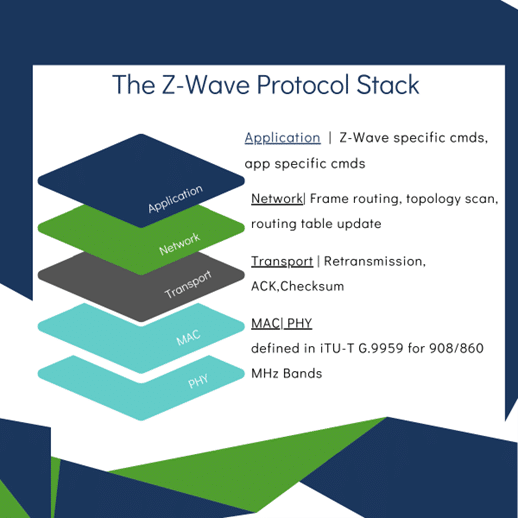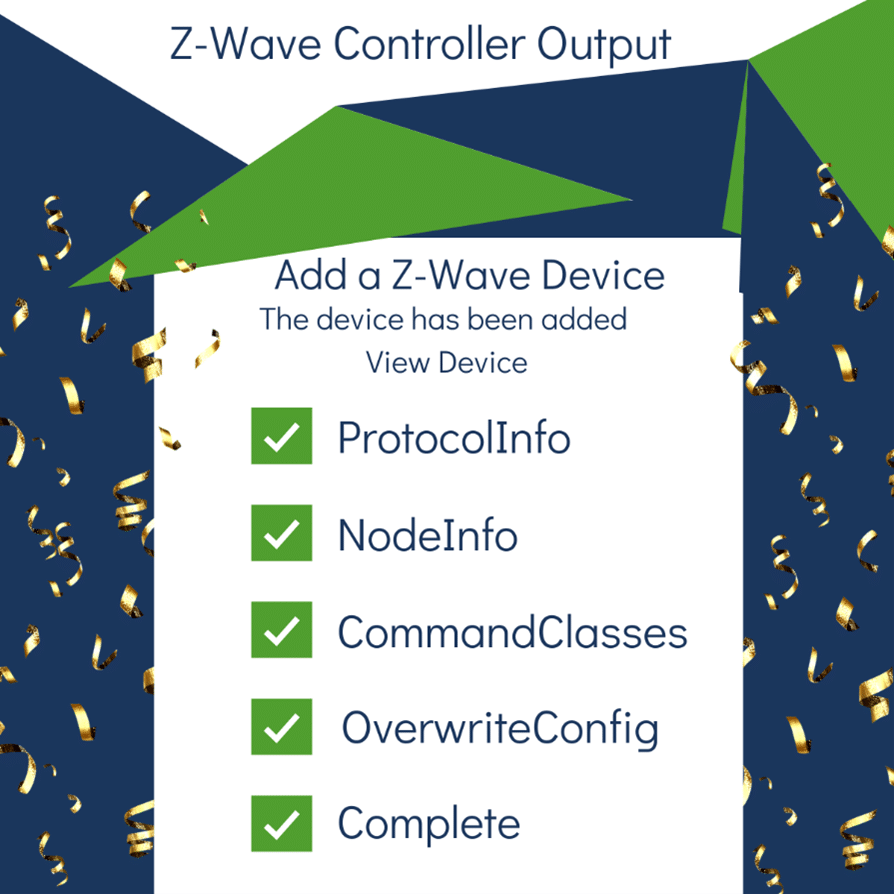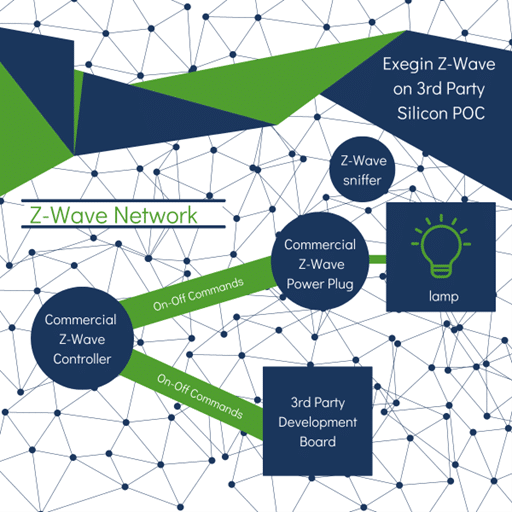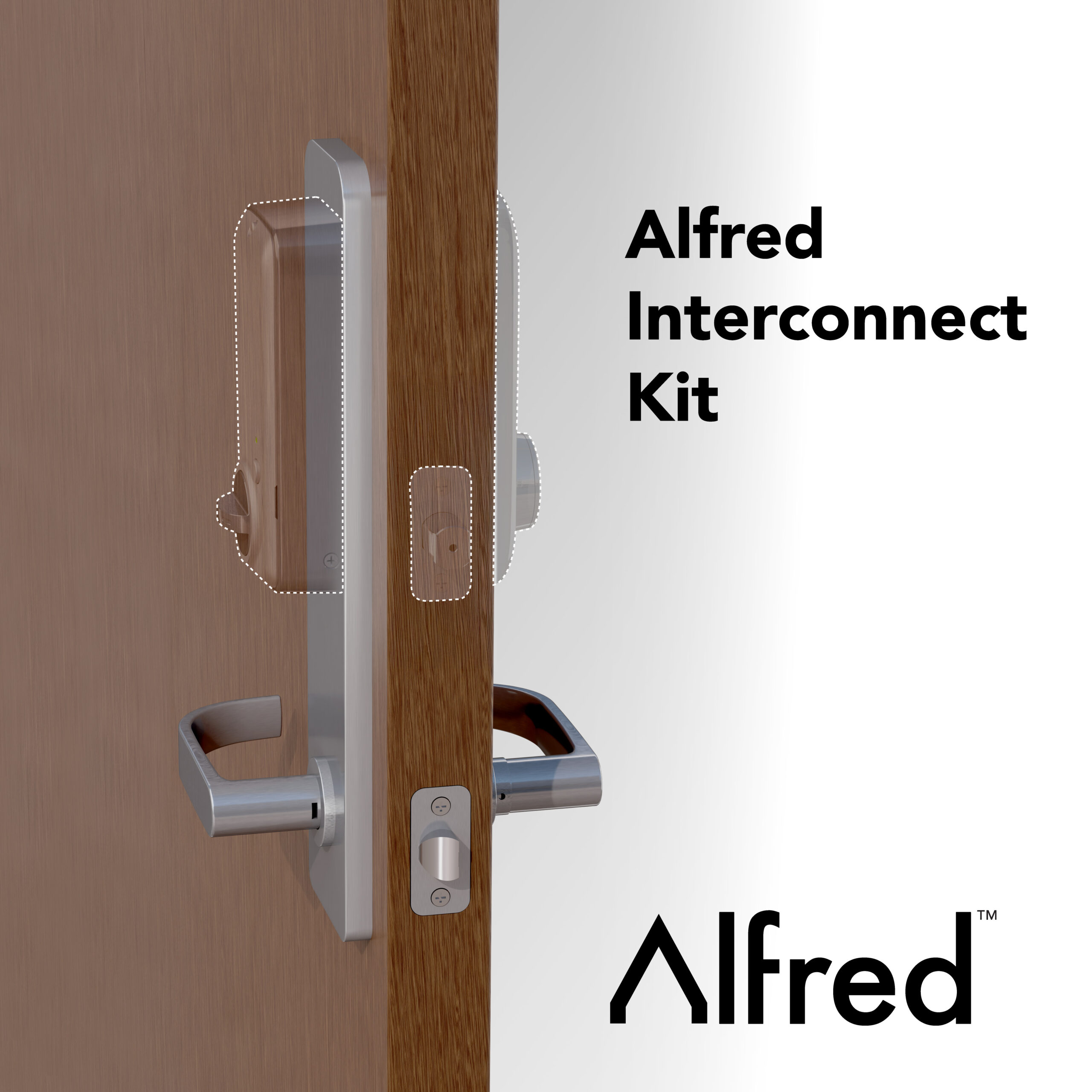Exegin Technologies Ports Z-Wave Source Code to Third-Party Silicon Paving the Way for Open-Source Z-Wave for members by End of 2022; Exegin is Hosting a Demo of the POC During Z-Wave Summit.
Silicon Labs and the Z-Wave Alliance have been working to provide a Z-Wave source code project for Alliance members. The goal of the source code project is to provide a rich development environment containing relevant source code and sample applications under BSD 3 License. The Z-Wave source code project will enable members to contribute code to the project under the supervision of the new OS Work Group (OSWG). The quality and interoperability of Z-Wave products consuming this project will be enforced by a new mandatory Silicon & Stack Certification program.
Image A:

The Z-Wave Protocol stack (See image A) consists of PHY layer, MAC layer, Transport layer, Network layer and application layer. Other than servicing their peers all the layers have their own tasks. The Z-Wave source code project leverages the following components across the Z-Wave stack:
-
- Source code for Z-Wave Mesh and Z-Wave Long Range NWK and upper MAC layer
- Platform abstraction layer (PAL) enabling members to create lower MAC and PHY layers for dedicated HW and Silicon
- Source code for Application examples
- FreeRTOS Operating System
- GitHub environment
- GCC toolchain
- Doxygen documentation
The Z-Wave source code project has gone through iterations and testing throughout 2022 and is now available to all Z-Wave Alliance members. Exegin Technologies, a member of the Z-Wave Alliance and a global leader in embedded software protocol stacks, once again proves the company’s IoT leadership. Exegin President and Founder Leslie Mulder shared that using the Z-Wave source code project, Exegin has successfully ported Z-Wave onto third-party silicon. Executed in beta testing in the OSWG, the Exegin porting operation to third party silicon is shown in image B: Z-Wave Controller Output – Z-Wave Device Added. You can see the Z-Wave Controller recognizes the added Z-Wave device including the protocol information, Node, Command Classes, Configurator through to completion.
Image B:

In the subsequent proof-of-concept image C: Z-Wave Network: Z-Wave Source Code Ported to Third-Party Silicon, the diagram shows the architecture of the Z-Wave Network that includes a Z-Wave device running on third-party silicon. The proof of concept network demonstrates how the open source Z-Wave package will provide developers and manufacturers with flexible implementations from controller (hub/bridge) to end devices. Further extrapolated, the implementation could be for both new controllers, such as Z-Wave/Matter compatible bridges, and for Z-Wave or Z-Wave/Matter end devices.
Exegin will be demonstrating the open source implementation at the Z-Wave Member Meeting in Atlanta on November 15-17. Alliance members can register here, interested parties can email administration@z-wavealliance.org.
Image C:


